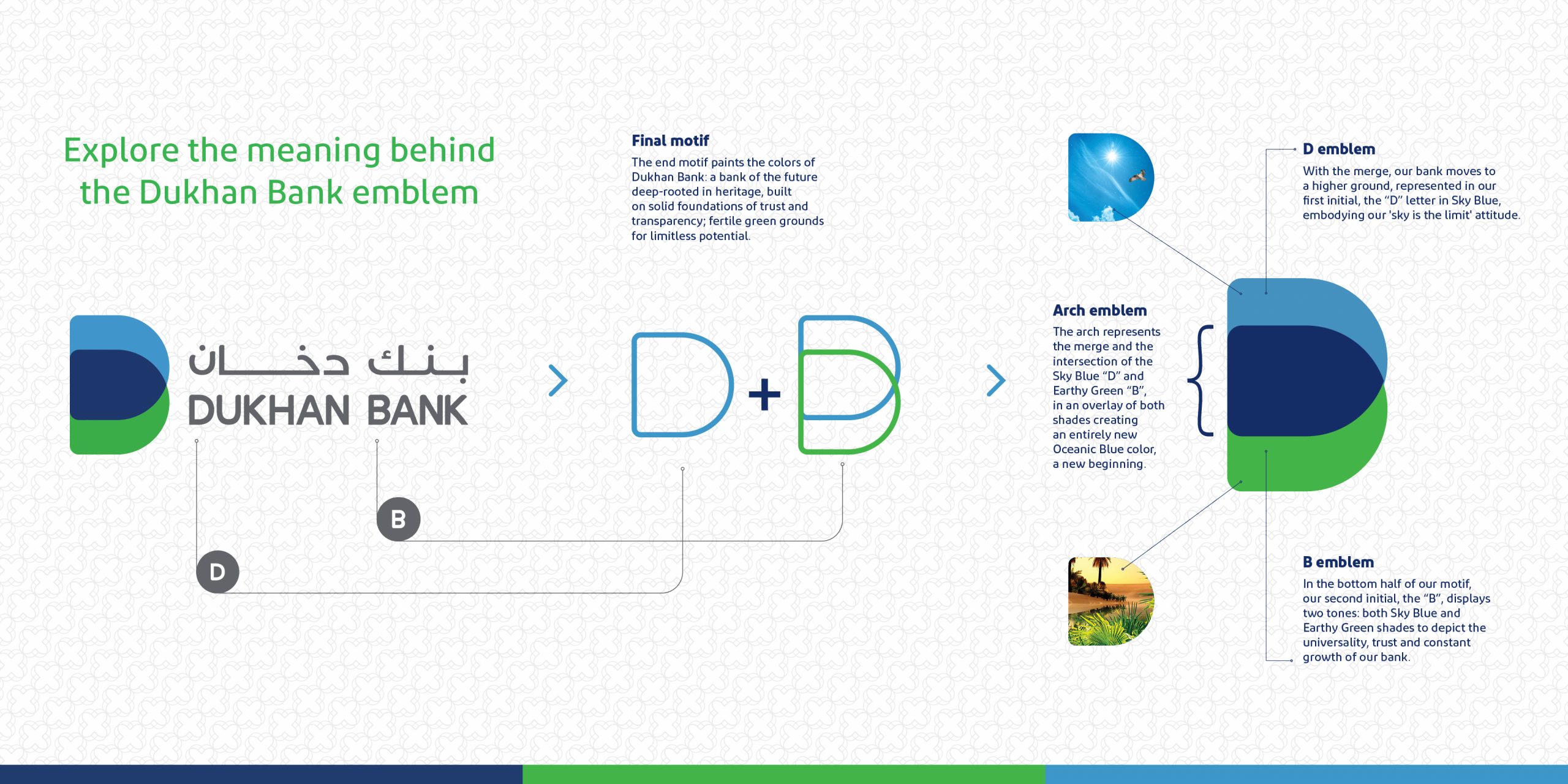Mobile AI is the buzzword about which all smartphone makers are obsessed. Yet, only some are leading the way with innovative new developments, both in their chips and their smartphones. Huawei, a global leader in high-end smartphones, launched Kirin 980 in August 2018, which was the world’s first 7nm mobile AI chipset.
Manufactured with TSMC’s 7nm process, Kirin 980 comes equipped with new CPU, GPU and Dual-NPU, which not only offer great performance, efficiency and connectivity, but together, they represent Huawei’s greatest leap forward yet. All of this helps to power Huawei’s next generation of smartphones, meeting the demands of the most discerning consumers.
The HUAWEI Mate 20 Series of smartphones is powered by the Kirin 980. It makes sense to consider the details and explore what this means for users of the devices in the series, in particular for photography and videography.
What 7nm Means for SoC—and Smartphone—Performance
The cutting-edge 7nm process technology enables Kirin 980 to pack 6.9 billion transistors within silicon the size of a US penny. Compared to the 10nm process, the 7nm process delivers 20 percent improved SoC performance and 40 percent improved SoC power efficiency, at 1.6 times the transistor density.
In fact, Kirin 980 delivers 75 percent better CPU performance and 58 percent better CPU power efficiency than even the previous Kirin 970 chip1. Kirin 980 features an octa-core CPU consisting of four Cortex-A76-based cores and four Cortex-A55 cores.
This means that the Kirin CPU Subsystem designates the large high-performance cores to handle immediate, intensive workloads; the large, high-efficiency cores to provide sustained performance; and ultra-efficiency cores to tackle light, background activities with extreme power efficiency. Essentially, this means that users have a high-powered engine in their phone that enhances both the photography and videography experiences in particular. In addition, Kirin 980 enables quicker app launch times, better multi-tasking and a generally smoother user experience.
Due to the natural evolution of social media and constant connectivity, everyday smartphone users have become more like content creators rather than simple sharers of photos and correspondence for personal use. Because of this, the next generation of AI processors like the Kirin 980 are critically important in powering advances in sophisticated high-end smartphones like the HUAWEI Mate 20 Series.
Better Support for Multi-Camera Configurations
Huawei integrated its proprietary fourth-generation image signal processor (ISP) into Kirin 980. In addition to a 46 percent increase in pixel throughput compared to its predecessor, the new ISP also provides better support for multi-camera configurations, like the Leica Triple Camera on the HUAWEI Mate 20 Series, as well as an all-new HDR color reproduction technology that can manipulate picture contrast to highlight objects on various parts of an image.
The Kirin 980 also utilizes the multi-pass noise reduction solution that accurately removes artifacts without scrubbing away image details, resulting in better quality on images taken in low-light scenarios. This rewards the smartphone user with clearer photos and more professional looking videos, contributing to an overall enhanced mobile technology experience.
Improved Motion Tracking
Another new feature of the ISP is improved motion tracking. When a user attempts to take a photo of a moving person, the ISP can still recognize the subject with 97.4 percent accuracy, so any user can capture fleeting moments with ease.
The surge in user demand for the latest and greatest smartphone video capture features have also been considered with the innovations included in the Kirin 980. The chip adopts a new pipeline dedicated to processing video captures, allowing the camera module to shoot videos with 33 percent shorter delay.
Faster Connectivity
Connectivity is key for a superior photography and videography experience, primarily because once today’s sophisticated users create their visual content, they want to immediately upload to social media or otherwise share with family and friends using their smartphones.
To deliver the best connectivity, Huawei integrated the world’s first modem supporting LTE Cat.21 with a peak download speed of 1.4Gbps into the Kirin 980. Additionally, the Kirin 980 supports carrier aggregation, even across frequency bands. This is just another reason why Kirin 980 is ideal for pushing the envelope in terms of photography and videography, or any types of work that involves large data transfer.
In summary, Kirin 980 and the AI it enables make for a smartphone that takes photography and videography exactly where today’s smartphone users want to go. No longer do they want to simply share basic images with family and friends; they are now sophisticated content creators, and the HUAWEI Mate 20 Series is an important tool. Kirin 980 provides the improved performance, power efficiency, support for multi-camera configurations, improved motion tracking, superior connectivity, and much, much more, to give the new generation of smartphone content creators just what they want.
1 The test result is based on single big core. Performance test is based on Geekbench, Power Efficiency test is based on Drhystone. All data and benchmark results are based on internal testing. Results may vary in different environments.
More from Technology






Leave A Comment
You must be logged in to post a comment.